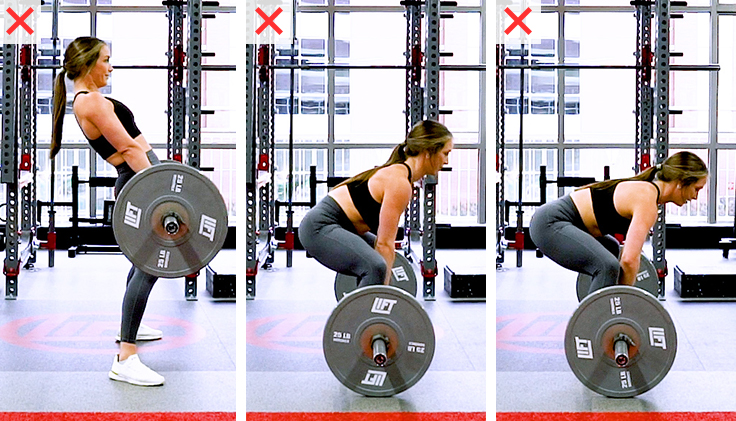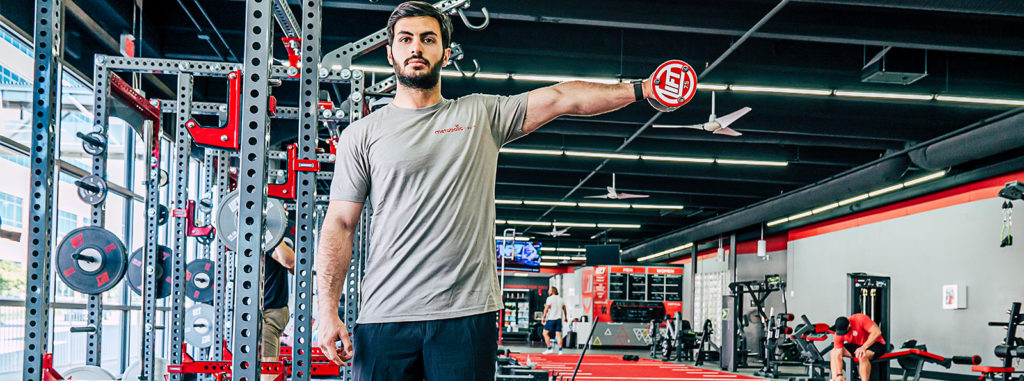Sumo deadlifts are an incredible exercise for strengthening the glutes and hamstrings. They may also be a safer alternative to conventional deadlifts depending on your body type. First made popular throughout the powerlifting community, sumo deadlifts are now a favorite among athletes, trainers and a variety of lifters.
Sumo deadlifts are not simply deadlifts with a wider stance though. If you perform them like a conventional deadlift, they’ll be a lower-back dominant movement.
To use the entire posterior chain, practice the following technique tips
- Set your stance. Your feet should be wide and externally rotated out so that they’re pointing towards the plates.
- Spread the floor with your feet. Basically this cue means to apply twisting pressure to the outside of your feet and actively pull your heels together.
- Drive your knees out while lowering yourself to the bar. Grab the bar with an over/under grip and little to no bend in the arms.
- Drop the butt down (only a few inches) while raising and opening your chest.
- You’re now ready to lift the bar by engaging the hips, glutes and back.

3 Most Common Sumo Deadlift Mistakes
1. Rounded Back
During the Sumo Deadlift, we’re going to be attempting to keep a “neutral spine” by actively stabilizing the muscles around the core. By losing this tightness, the lower back will begin to round which leads to an increased chance of lumbar injury and less force production.
2. Hyperextending at the top
Common cues at the top of the deadlift are to “squeeze the glutes” and “push the hips through”. This position can be over exaggerated by leaning back too far which compresses the lower spine.
3. Bending the arms
Starting any deadlift variation with bent arms messes up the sequence of the movement. Rather than initiating with the legs and hips, you’ll be more likely to incorrectly pull with the arms and back.
Need some help fueling your muscles? We’ve got you covered there too with chef-prepared, ready-to-eat meals delivered fresh to your door.






